Sergio Cofre-Martel
Big Machinery Data Preprocessing Methodology for Data-Driven Models in Prognostics and Health Management
Oct 08, 2021
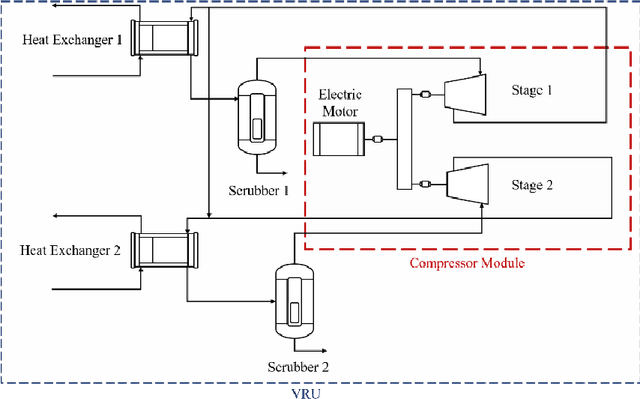

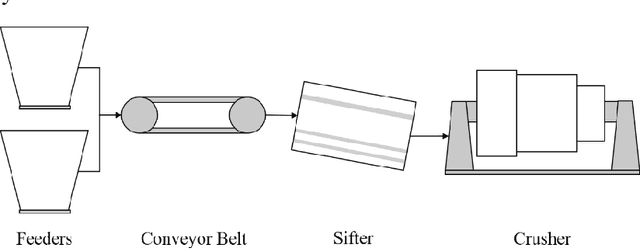
Abstract:Sensor monitoring networks and advances in big data analytics have guided the reliability engineering landscape to a new era of big machinery data. Low-cost sensors, along with the evolution of the internet of things and industry 4.0, have resulted in rich databases that can be analyzed through prognostics and health management (PHM) frameworks. Several da-ta-driven models (DDMs) have been proposed and applied for diagnostics and prognostics purposes in complex systems. However, many of these models are developed using simulated or experimental data sets, and there is still a knowledge gap for applications in real operating systems. Furthermore, little attention has been given to the required data preprocessing steps compared to the training processes of these DDMs. Up to date, research works do not follow a formal and consistent data preprocessing guideline for PHM applications. This paper presents a comprehensive, step-by-step pipeline for the preprocessing of monitoring data from complex systems aimed for DDMs. The importance of expert knowledge is discussed in the context of data selection and label generation. Two case studies are presented for validation, with the end goal of creating clean data sets with healthy and unhealthy labels that are then used to train machinery health state classifiers.
Uncovering the Underlying Physics of Degrading System Behavior Through a Deep Neural Network Framework: The Case of Remaining Useful Life Prognosis
Jun 10, 2020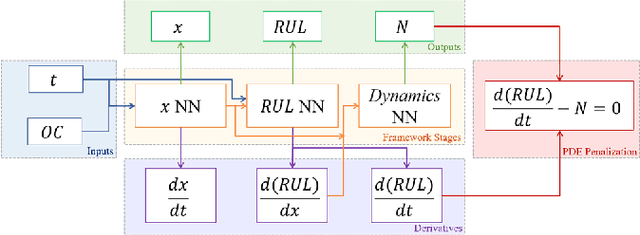
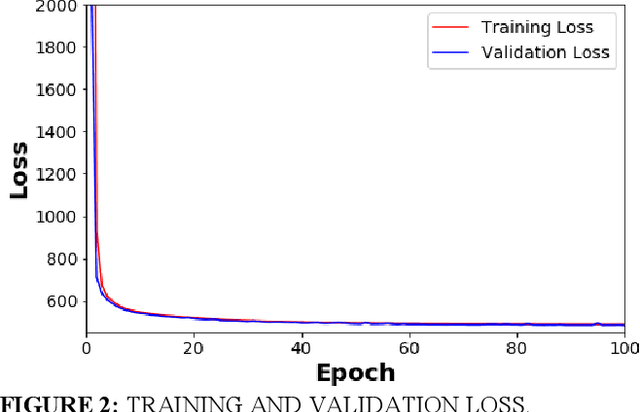
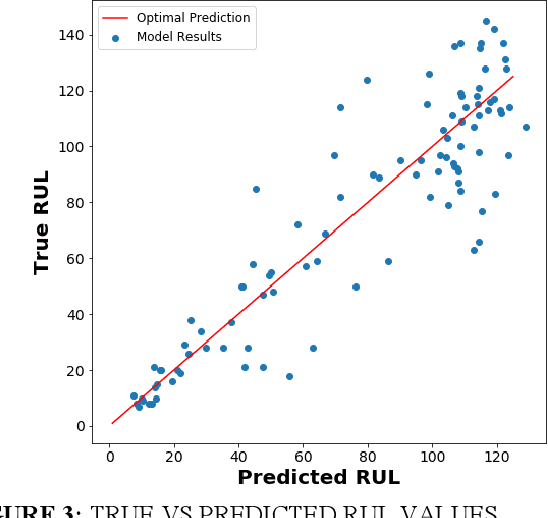
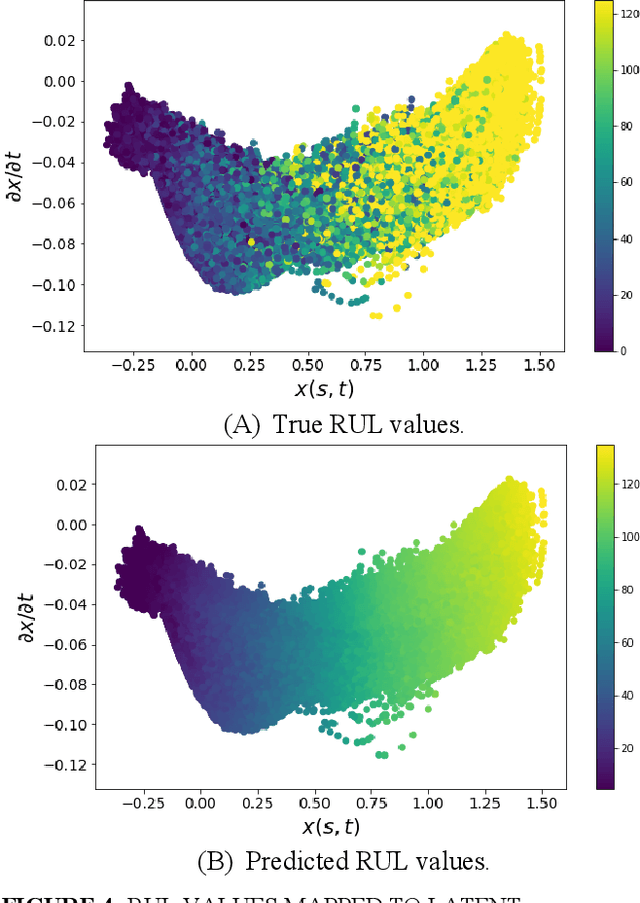
Abstract:Deep learning (DL) has become an essential tool in prognosis and health management (PHM), commonly used as a regression algorithm for the prognosis of a system's behavior. One particular metric of interest is the remaining useful life (RUL) estimated using monitoring sensor data. Most of these deep learning applications treat the algorithms as black-box functions, giving little to no control of the data interpretation. This becomes an issue if the models break the governing laws of physics or other natural sciences when no constraints are imposed. The latest research efforts have focused on applying complex DL models to achieve a low prediction error rather than studying how the models interpret the behavior of the data and the system itself. In this paper, we propose an open-box approach using a deep neural network framework to explore the physics of degradation through partial differential equations (PDEs). The framework has three stages, and it aims to discover a latent variable and corresponding PDE to represent the health state of the system. Models are trained as a supervised regression and designed to output the RUL as well as a latent variable map that can be used and interpreted as the system's health indicator.
 Add to Chrome
Add to Chrome Add to Firefox
Add to Firefox Add to Edge
Add to Edge